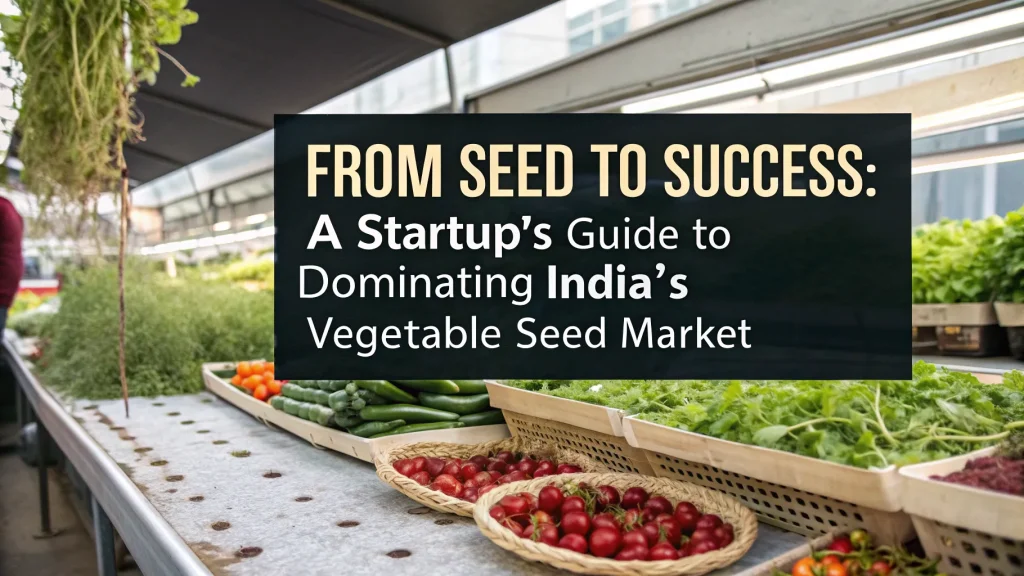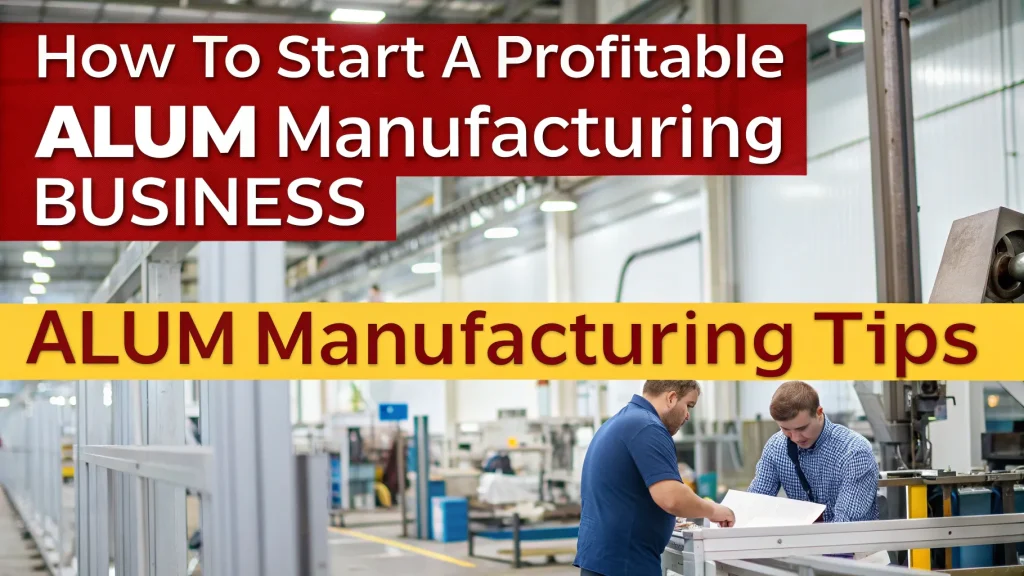The global demand for food-grade thickeners and stabilizers has surged, creating a lucrative space for new entrants in the Xanthan Gum manufacturing industry. Known for its unique ability to maintain consistency and stability under extreme conditions, Xanthan Gum is widely used in food processing, pharmaceuticals, cosmetics, and even oil drilling. Entrepreneurs seeking to capitalize on this opportunity can tap into a high-margin niche with proper planning, equipment, and market strategy.
Understanding Xanthan Gum and Its Manufacturing Process
What is Xanthan Gum?
Xanthan Gum is a high-molecular-weight polysaccharide produced by the fermentation of simple sugars by the bacterium Xanthomonas campestris. It is known for its exceptional viscosity and stability across a wide range of temperatures and pH levels. This makes it a versatile additive in various industries, especially food and beverages, where it is used to thicken, stabilize, and emulsify products.
Key Industries Using Xanthan Gum
- Food Industry: Used as a thickener in salad dressings, sauces, ice creams, and bakery items.
- Pharmaceuticals: Helps in creating gel-based formulations and suspensions.
- Cosmetics: Provides viscosity in lotions, creams, and shampoos.
- Oil and Gas: Acts as a drilling fluid additive.
- Agriculture: Improves pesticide adhesion to plants.
Why Start a Xanthan Gum Manufacturing Business?
With global demand estimated to grow consistently over the next decade, Xanthan Gum manufacturing offers a unique blend of consistent demand, manageable production processes, and scalable investment. Key benefits include:
- High profit margins
- Steady global demand
- Wide industrial applications
- Low raw material cost
- Easy scalability for growth
Step-by-Step Guide to Setting Up a Xanthan Gum Manufacturing Unit
1. Market Research and Feasibility Analysis
Before jumping into production, conduct a detailed analysis of the demand-supply dynamics, competition, and pricing. Understand the target market—whether domestic food processors, pharmaceutical companies, or international buyers.
Key research areas include:
- Raw material availability
- Competitor pricing
- Export regulations and opportunities
- Required certifications (FDA, ISO, etc.)
2. Business Plan and Investment Estimation
A robust business plan ensures clarity and direction. Key components should include:
- Capital investment and funding sources
- Fixed and operational costs
- Projected income and profit margins
- Marketing and distribution plans
The initial setup cost for a medium-scale unit can range between $500,000 to $1 million, depending on plant capacity, automation level, and quality standards.
3. Location and Infrastructure
Choosing the right location impacts logistics, raw material access, and operational efficiency. Consider:
- Proximity to sugar suppliers or starch providers (fermentation substrate)
- Availability of skilled labor
- Good transportation and electricity connectivity
- Environmental clearances and permissions
The infrastructure should include:
- Fermentation tanks
- Separation and filtration units
- Dryers and pulverizers
- Packaging machinery
- Laboratory for quality testing
Xanthan Gum Manufacturing Process
The production of Xanthan Gum involves a biotechnological fermentation process. Below are the essential stages:
a. Preparation of Fermentation Medium
Sugars such as glucose, sucrose, or corn syrup are dissolved in water. This solution is sterilized to prevent contamination.
b. Fermentation
Xanthomonas campestris is introduced to the medium under sterile conditions. This culture ferments the sugars, producing Xanthan Gum. Fermentation usually takes 2–3 days under controlled temperature and aeration.
c. Recovery
The broth containing Xanthan Gum is pasteurized to kill the bacteria. Alcohol (usually isopropanol) is then added to precipitate the gum from the liquid.
d. Drying
The wet precipitate is separated, washed, and dried. Hot air dryers or vacuum dryers are commonly used.
e. Milling and Packaging
Once dried, Xanthan Gum is milled into a fine powder, sieved, and packed in moisture-proof packaging for storage and sale.
Machinery and Equipment Required
Investing in high-quality machinery is critical for maintaining consistency and meeting industrial standards. Common equipment includes:
- Fermentation vessels
- Heat exchangers
- Centrifuges or filtration units
- Vacuum or spray dryers
- Grinding and sieving machines
- Automatic packaging machines
For medium to large production units, consider automating the process to reduce manpower and improve product quality.
Raw Materials and Suppliers
The main raw materials for Xanthan Gum production include:
- Sugar sources (glucose, sucrose, molasses)
- Xanthomonas campestris culture
- Alcohol (for gum precipitation)
- Water and nutrients (urea, magnesium, phosphate)
Identifying reliable suppliers and maintaining bulk stock ensures uninterrupted production. Local sugar mills, starch manufacturers, and chemical dealers are typical sources.
Legal Requirements and Licensing
Operating a Xanthan Gum manufacturing unit requires several regulatory approvals. These may vary by country or region, but generally include:
- Company registration and GST number
- Factory license and pollution control clearance
- FSSAI (Food Safety and Standards Authority of India) approval for food-grade gum
- BIS certification (for standard compliance)
- Export licenses (if applicable)
Compliance with safety and environmental standards is essential for both legal and business credibility.
Packaging and Branding
Proper packaging ensures product longevity and brand perception. Moisture-proof, food-grade materials are essential. Packaging formats may include:
- 25 kg industrial sacks (for B2B sales)
- 1 kg to 5 kg pouches (for retail)
- Customized labels with batch number, expiry, nutritional data
Branding strategies should focus on quality, purity, and consistency. Highlight certifications and industry uses to attract industrial buyers.
Marketing and Distribution Strategy
Target marketing efforts toward industries most dependent on Xanthan Gum, such as:
- Food processing companies
- Pharmaceutical manufacturers
- Export traders
- Cosmetic and personal care companies
Approaches include:
- Attending food and pharma expos
- Listing on B2B platforms like Alibaba, IndiaMART, and TradeIndia
- Developing a professional website with product specs and certifications
- Distributors and bulk buyers in international markets
Offer free samples and certificates of analysis to gain trust and long-term partnerships.
Profit Margins and ROI
The manufacturing cost of 1 kg of Xanthan Gum varies between $2.5–$3.5 depending on raw materials and scale. The average selling price ranges from $5–$10 per kg in bulk. Premium food-grade gum can even fetch higher prices.
With efficient production and marketing, profit margins can range from 30% to 60%, making it one of the most profitable biotech-based manufacturing ventures. Break-even can typically be achieved within 12 to 18 months for medium-sized units.
Challenges and Risk Mitigation
While Xanthan Gum manufacturing is lucrative, it’s not without challenges:
- Raw Material Price Fluctuations: Secure long-term contracts with suppliers.
- Technical Expertise: Hire trained biotechnologists and process engineers.
- Contamination: Invest in sterile processing and regular lab testing.
- Regulatory Hurdles: Stay updated with global quality and compliance norms.
Mitigating these risks through proactive planning and quality control can ensure consistent production and long-term success.
Future Outlook and Expansion Opportunities
The global Xanthan Gum market is expected to grow significantly due to rising health-conscious consumer behavior and increased processed food demand. Emerging trends include:
- Organic and clean-label Xanthan Gum
- Expansion into vegan and gluten-free markets
- Growth in pharmaceutical-grade applications
Entrepreneurs can expand vertically by producing other hydrocolloids like guar gum or carrageenan or diversify into related formulations and blends.
Conclusion
Launching a Xanthan Gum manufacturing business is a smart, scalable, and highly profitable endeavor. With its broad industrial applications and growing global demand, this niche offers immense potential for entrepreneurs with the right technical, financial, and marketing strategies. By focusing on quality, process optimization, and customer trust, your Xanthan Gum brand can thrive in both domestic and international markets.
Let your entry into the world of biotechnology and food additives begin with Xanthan Gum—a product with proven utility and profit potential.
Visit the page Select and Choose the Right Business Startup for You for sorting out the questions arising in your mind before starting any business and know which start-up you can plan.
We, at NPCS, endeavor to make business selection a simple and convenient step for any entrepreneur/startup. Our expert team, by capitalizing on its dexterity and decade’s long experience in the field, has created a list of profitable ventures for entrepreneurs who wish to diversify or venture. The list so mentioned is updated regularly to give you a regular dose of new emerging opportunities.





